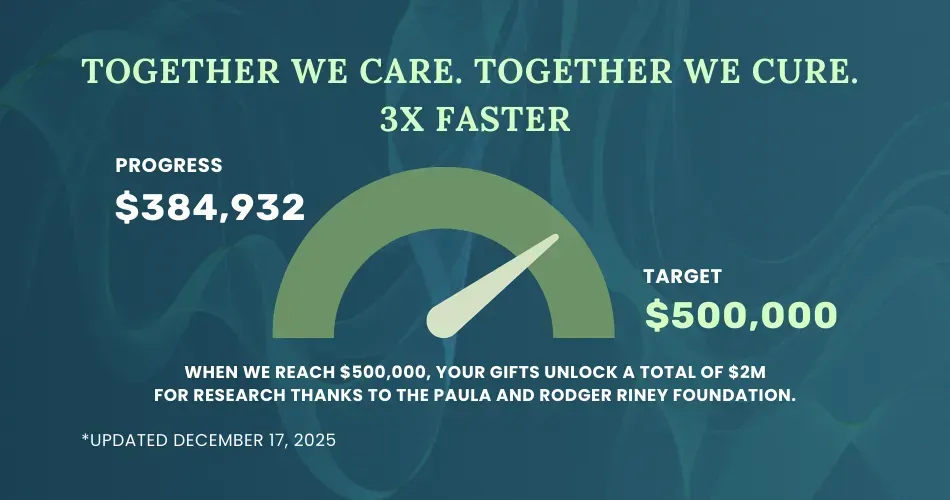What Are Treatments For Waldenström's Macroglobulinemia?
Waldenström's Macroglobulinemia (WM) is a rare type of non-Hodgkin lymphoma that produces excessive amounts of an abnormal protein known as macroglobulin. This protein can cause a variety of symptoms, including weakness, fatigue, weight loss, and problems with vision and the nervous system. The disease is slow-growing and often manageable with treatment. The treatment for WM typically involves therapies to reduce the level of the abnormal protein in the blood, control symptoms, and improve the quality of life. The choice of treatment depends on the severity of the symptoms and the overall health of the patient.
1. Watchful Waiting
For patients with WM who do not have symptoms, a strategy of watchful waiting may be recommended. This involves regular monitoring of the patient's condition without providing active treatment until symptoms appear or change. This approach avoids the side effects of treatment in patients who may not need it immediately.
2. Chemotherapy
Chemotherapy is a common treatment for WM. It involves the use of drugs to kill cancer cells or stop them from growing. The specific drugs used in chemotherapy for WM include cyclophosphamide, doxorubicin, vincristine, and prednisone (CHOP), and bendamustine. These drugs can be used alone or in combination. They are usually given by mouth or injected into a vein.
3. Immunotherapy
Immunotherapy is a treatment that uses the patient's immune system to fight cancer. In WM, monoclonal antibodies such as rituximab and ofatumumab are used. These drugs bind to specific proteins on the surface of cancer cells, helping the immune system to recognize and destroy them.
4. Targeted Therapy
Targeted therapy is a type of treatment that uses drugs or other substances to identify and attack specific cancer cells without harming normal cells. In WM, targeted therapies include ibrutinib and idelalisib. These drugs block the growth and spread of cancer cells.
5. Stem Cell Transplant
In some cases, a stem cell transplant may be considered for patients with WM. This involves the infusion of healthy stem cells (from the patient or a donor) into the patient to replace the bone marrow that has been destroyed by chemotherapy or radiation therapy. This treatment can potentially cure WM, but it also carries significant risks and is usually reserved for younger patients with severe disease.
6. Clinical Trials
Clinical trials are not just a last resort for treating WM. They can actually provide access to cutting-edge treatments that are not yet approved but show promise over years of testing. The choice of a clinical trial depends on a variety of factors including the patient's age, overall health, the subtype of WM, and genetic changes in the lymphoma cells. It's important to discuss all treatment options, including goals and possible side effects, with your healthcare team to help make the best decision.
To learn more about your WM clinical trial options, visit HealthTree's WM Clinical Trial Finder. Utilize the advanced filter option to locate trials that you are eligible to participate in. You can create a HealthTree account to favorite your top trial options so you can discuss them with your WM specialist.
Want to Learn More About Waldenström's Macroglobulinemia?
Keep reading HealthTree for Waldenström's Macroglobulinemia's 101 pages!
Waldenström's Macroglobulinemia (WM) is a rare type of non-Hodgkin lymphoma that produces excessive amounts of an abnormal protein known as macroglobulin. This protein can cause a variety of symptoms, including weakness, fatigue, weight loss, and problems with vision and the nervous system. The disease is slow-growing and often manageable with treatment. The treatment for WM typically involves therapies to reduce the level of the abnormal protein in the blood, control symptoms, and improve the quality of life. The choice of treatment depends on the severity of the symptoms and the overall health of the patient.
1. Watchful Waiting
For patients with WM who do not have symptoms, a strategy of watchful waiting may be recommended. This involves regular monitoring of the patient's condition without providing active treatment until symptoms appear or change. This approach avoids the side effects of treatment in patients who may not need it immediately.
2. Chemotherapy
Chemotherapy is a common treatment for WM. It involves the use of drugs to kill cancer cells or stop them from growing. The specific drugs used in chemotherapy for WM include cyclophosphamide, doxorubicin, vincristine, and prednisone (CHOP), and bendamustine. These drugs can be used alone or in combination. They are usually given by mouth or injected into a vein.
3. Immunotherapy
Immunotherapy is a treatment that uses the patient's immune system to fight cancer. In WM, monoclonal antibodies such as rituximab and ofatumumab are used. These drugs bind to specific proteins on the surface of cancer cells, helping the immune system to recognize and destroy them.
4. Targeted Therapy
Targeted therapy is a type of treatment that uses drugs or other substances to identify and attack specific cancer cells without harming normal cells. In WM, targeted therapies include ibrutinib and idelalisib. These drugs block the growth and spread of cancer cells.
5. Stem Cell Transplant
In some cases, a stem cell transplant may be considered for patients with WM. This involves the infusion of healthy stem cells (from the patient or a donor) into the patient to replace the bone marrow that has been destroyed by chemotherapy or radiation therapy. This treatment can potentially cure WM, but it also carries significant risks and is usually reserved for younger patients with severe disease.
6. Clinical Trials
Clinical trials are not just a last resort for treating WM. They can actually provide access to cutting-edge treatments that are not yet approved but show promise over years of testing. The choice of a clinical trial depends on a variety of factors including the patient's age, overall health, the subtype of WM, and genetic changes in the lymphoma cells. It's important to discuss all treatment options, including goals and possible side effects, with your healthcare team to help make the best decision.
To learn more about your WM clinical trial options, visit HealthTree's WM Clinical Trial Finder. Utilize the advanced filter option to locate trials that you are eligible to participate in. You can create a HealthTree account to favorite your top trial options so you can discuss them with your WM specialist.
Want to Learn More About Waldenström's Macroglobulinemia?
Keep reading HealthTree for Waldenström's Macroglobulinemia's 101 pages!
Trending Articles
Get the Latest Waldenström's Macroglobulinemia Updates, Delivered to You.
By subscribing to the HealthTree newsletter, you'll receive the latest research, treatment updates, and expert insights to help you navigate your health.
Together we care.
Together we cure.
3x Faster.




